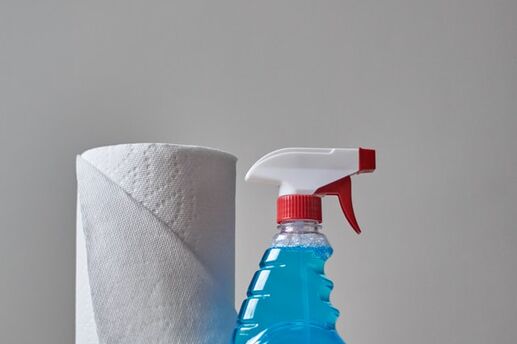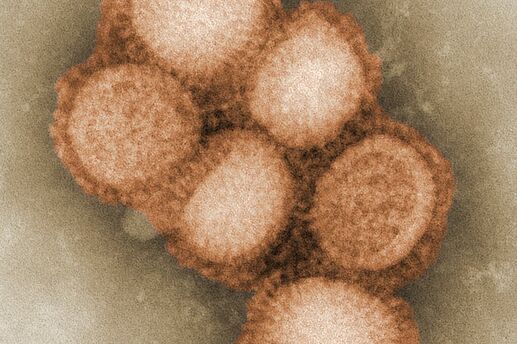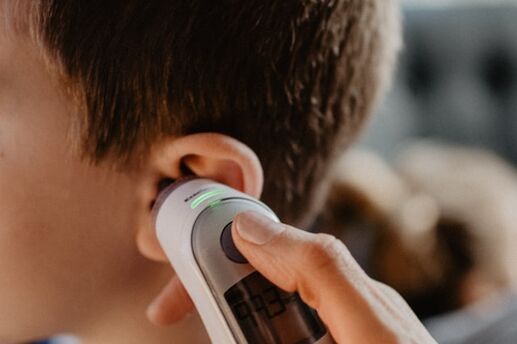Are Germ-killing Products Harming Your Health?
Germ-killing toothpastes, antibacterial soaps, sanitizing deodorants, bacteria-banishing home cleaners. With all of these products on the market, you'd think everything in hand's reach is likely to make your family sick. But are all germ-killing products really protecting us in the long run? To find out, we interviewed Jessica Snyder Sachs, author of Good Germs, Bad Germs: Health and Survival in a Bacterial World. Here, Sachs gives us the lowdown on which products are worth it … and which aren't.
Germ-killer Overkill
After making a career out of interviewing scientists and researchers about germs, Sachs is quick to advise that most germ-killing products on the market -- including nasal sanitizing gels, toothbrush sanitizers and handheld UV-light germ zappers -- aren't necessary and may be harmful. Sure, they kill germs. But the bigger question is: Do we want them to?
Some germs are harmless, and exposure actually strengthens our immune systems."When we lump all germs together and try to wipe them out of our lives, we end up with an increase in autoimmune diseases, allergies, asthma and other disorders," says Sachs."We've gone about trying to over-sanitize our lives, when it's really just a tiny percentage of germs that cause disease."
Sachs suggests that nasal sprays meant to wipe out all the bacteria in our noses, good and bad, is "freeing up the "parking spaces,' so to speak, for potentially dangerous bacteria to take up residence. We need to remember that our bodies are full of good bacteria that help keep out the bad ones," she says.
It's not just our bodies that may be suffering from sanitation overkill; germ-killing products may also compromise humans' ability to fight disease-causing germs in the long run. Sachs suggests checking the label of antibacterial soaps for triclosan, a chemical shown to work like an antibiotic, which she says is usually listed as an active ingredient.
According to Sachs, triclosan is ubiquitous in our environment now."It ends up getting flushed down drains and is found in sewage plants, rivers and lakes," she says."There is concern that the widespread use of these antibacterial products is going to fuel drug resistance -- a huge problem today -- without giving any real benefit."
So is there a place for germ-killing products in our lives?
Beneficial Germ Killers
Most experts agree that a few products do promote overall health by reducing the transmission of disease and infection."Studies have shown that good old-fashioned soap and water, as well as alcohol gels for sanitizing hands, reduce the incidence of picking up an infectious disease," says Sachs."The way most of us catch an infectious illness is through our hands: We inoculate ourselves when we touch our eyes and our noses with germ-covered hands. You can interrupt that transmission cycle just by using ordinary soap and water to wash your hands regularly." Here are the germ-killing products you should have on hand:
· Sanitizing gels. When you're in a place where you don't have access to soap and water -- like when you're navigating a busy subway -- alcohol hand-sanitizing gels are an ideal (and healthy) solution.
· Germ-free humidifiers. These are also generally regarded as a safe bet, and most experts suggest they're a worthy health investment."Humidifiers can become breeding grounds for mold and mildew, which are types of fungus that can trigger allergic reactions and asthma. That's why you want to be careful that your humidifier is clean and has a HEPA filter that will remove mold and mildew."
· Kitchen cleaners. Another place where antibacterial products may have a place is in the kitchen, says Sachs."We've been using antibiotics in our livestock for years, and consequently a lot of our meat and eggs are contaminated with drug-resistant bacteria." If you handle raw eggs or meat, you may want to use an antibacterial kitchen cleanser to kill the germs left behind on kitchen surfaces. Sachs suggests vinegar may be a better bet: It's acidic enough to kill bacteria naturally -- without reinforcing the cycle that's contributing to creating drug-resistant bacteria.
The most important point to keep in mind, says Sachs, is that while we should reduce exposure to infection-causing germs, the vast majority of germs aren't harmful."We have to get away from the idea that all germs are bad," she says.
So don't go overboard ridding your house of germs and bacteria. Know that it's okay for kids to play in the dirt. And the next time the neighbor's dog licks your child's face, let it go. Just be sure to keep washing those hands.
Photo by Crystal de Passillé-Chabot on Unsplash
Like this article? Get more by following us on Facebook at Beauty & Confidence.






